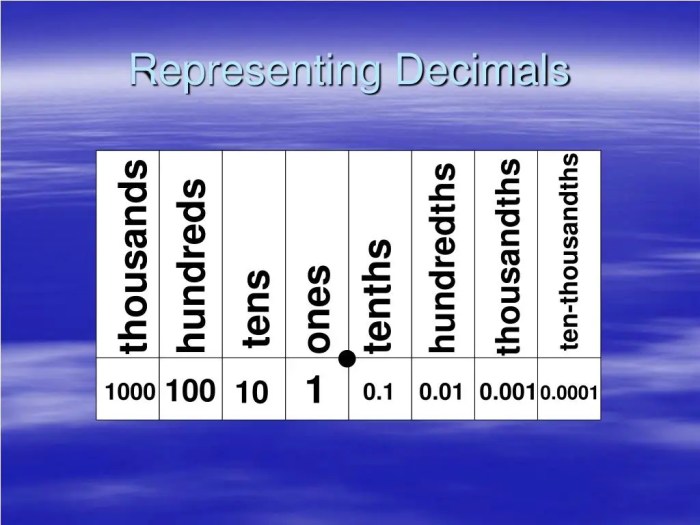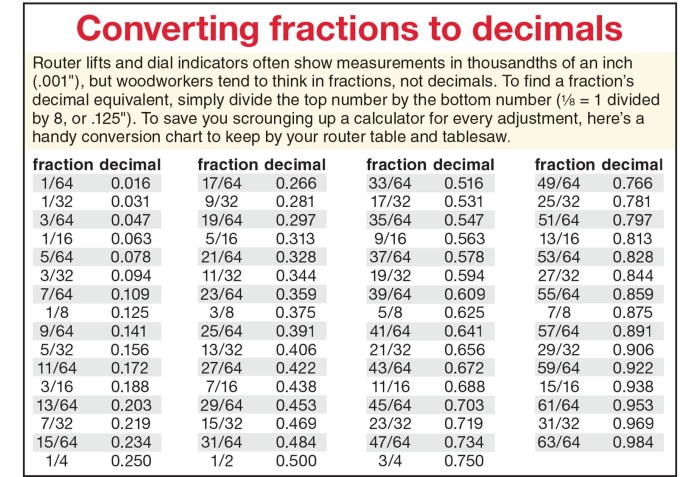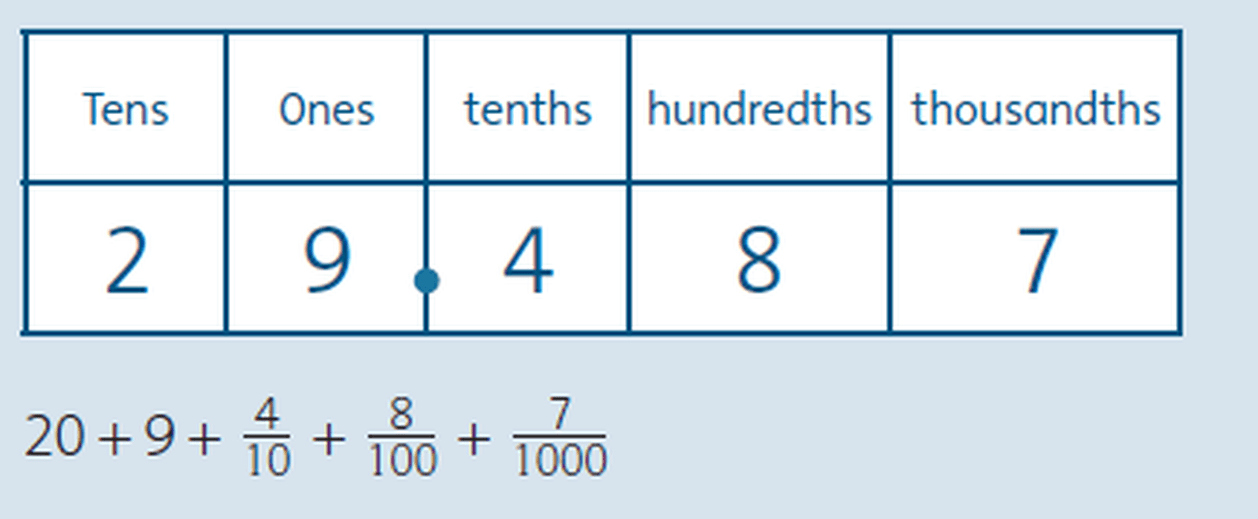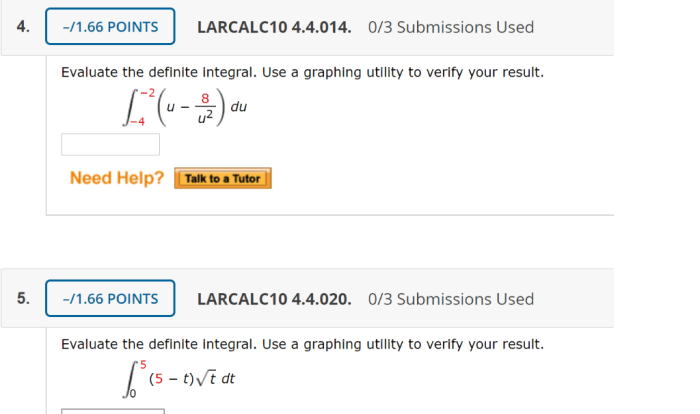The usual way of writing a number using digits – The usual way of writing numbers using digits is a ubiquitous system that has revolutionized the way we represent and manipulate numerical values. This standardized method, rooted in the concept of place value, has become an integral part of our daily lives, from basic arithmetic to advanced scientific calculations.
This comprehensive guide delves into the intricacies of the usual way of writing numbers, exploring its advantages and limitations, examining cultural variations, and speculating on its potential evolution in the future. Join us as we unravel the fascinating world of numerical representation, shedding light on the complexities and significance of this essential aspect of human communication.
1. Introduction to the Usual Way of Writing Numbers

The usual way of writing a number using digits is a system of representing numbers using a set of ten symbols, known as digits: 0, 1, 2, 3, 4, 5, 6, 7, 8, and 9. Each digit represents a specific quantity, and the position of the digit within the number determines its value.
The concept of place value is fundamental to the usual way of writing numbers. Place value refers to the value of a digit based on its position within the number. The rightmost digit represents the ones place, the next digit to the left represents the tens place, the next digit represents the hundreds place, and so on.
The usual way of writing numbers has several advantages. It is a simple and efficient system that is easy to learn and use. It is also a flexible system that can be used to represent very large or very small numbers.
However, the usual way of writing numbers also has some disadvantages. It can be difficult to compare numbers that are written in different ways. For example, it can be difficult to compare the number 123 to the number 321.
2. Different Ways of Writing Numbers

There are many different ways to write numbers besides the usual way. Some of the most common alternative ways of writing numbers include:
- Roman numerals
- Scientific notation
- Binary
Each of these methods has its own advantages and disadvantages.
Roman numerals are a system of representing numbers using letters. Roman numerals were developed by the ancient Romans and were used for centuries in Europe. Roman numerals are still used today in some contexts, such as on clocks and in the numbering of chapters in books.
Scientific notation is a way of writing very large or very small numbers in a more compact form. Scientific notation is used in many scientific and engineering applications.
Binary is a system of representing numbers using only two digits, 0 and 1. Binary is used in computers and other digital devices.
3. Cultural Variations in Writing Numbers: The Usual Way Of Writing A Number Using Digits

Different cultures have different ways of writing numbers. Some of the most common cultural variations in writing numbers include:
- The use of different symbols for digits
- The use of different number systems
- The use of different punctuation marks
The use of different symbols for digits is the most common cultural variation in writing numbers. For example, in the Arabic numeral system, the digit 1 is written as “1”, while in the Roman numeral system, the digit 1 is written as “I”.
The use of different number systems is another common cultural variation in writing numbers. For example, in the decimal number system, numbers are written using powers of 10, while in the binary number system, numbers are written using powers of 2.
The use of different punctuation marks is also a common cultural variation in writing numbers. For example, in the United States, the comma is used to separate thousands, while in Europe, the period is used to separate thousands.
FAQ Resource
What are the advantages of the usual way of writing numbers using digits?
The usual way of writing numbers using digits offers several advantages, including its simplicity, efficiency, and cross-cultural adaptability. It allows for easy representation of large and small numbers, facilitates arithmetic operations, and enables efficient data storage and transmission.
How does the concept of place value contribute to the usual way of writing numbers?
Place value is a fundamental concept in the usual way of writing numbers. Each digit in a number represents a specific power of the base (usually 10). This allows for the representation of large numbers in a compact and meaningful way, as the value of each digit depends on its position within the number.
Are there any cultural variations in the way numbers are written?
Yes, there are cultural variations in the way numbers are written. Different cultures have developed unique numerical systems and conventions. For example, some cultures use different symbols for digits, while others use different number bases or grouping systems.

